
3 minute read
Water + Nature Health
The Hype About Native Plants
Woodland Stonecrop
by Pam Schumm, WACF Education Officer
We’ve heard it for a few years now: “Plant natives!” My questions in response were:
‘How am I going to do that in my well-
manicured garden? And, won’t it look weedy?’ Perhaps you wondered the same.
The short answer? No, it needn’t look weedy.
The longer answer explains that it takes some planning and research to achieve the desired look.
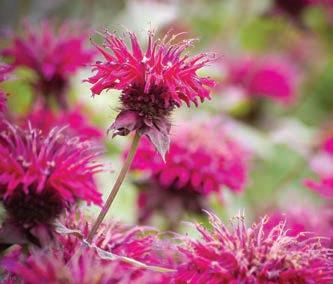
Bee Balm
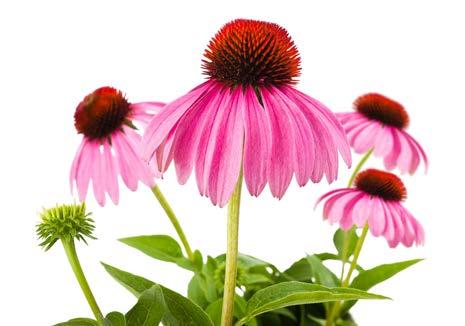
Wild Geranium
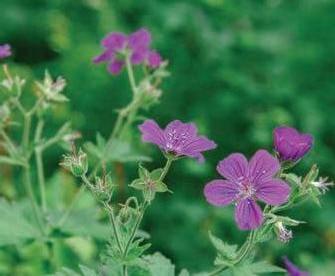
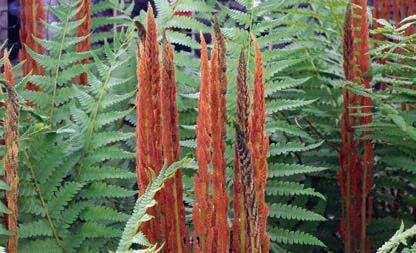
Columbine Purple Coneflower
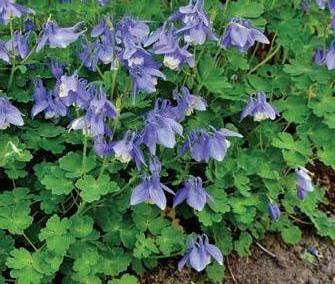
Size + Sun
First, we need to find plants that are the right size for the beds, and we need to be attentive to how much sun the beds receive during the day.
Sunny beds can accommodate taller varieties of natives like purple coneflower (echinacea purpurea or pallida) which not only provides flowers all summer long and is great for cutting, but it also feeds the birds in the winter. Another sun-lover is the wild geranium (geranium maculatum), a ground cover that blooms nearly all summer long. This plant has a maximum height of about 8 inches so it plays well with lower-growing plants in the garden.
If you want to attract bees and butterflies try bee balm (monarda fistulosa). Its square stem indicates it’s in the mint family, so it’s a spreading plant with great purple and pink flowers.
Cinnamon fern (Osmunda cinnamomea) and columbine (Aquilegia Canadensis) love the shadier areas of gardens.
Need something a lot shorter, with a 3-inch ground cover? Try woodland stonecrop (sedum ternatum). This variety is a cute little sedum with white flowers in shade to part shade.
Cinnamon Fern
Do your research before buying a native plant as certain species are truly native while others have been cultivated. A great source is INPAWS.org (Indiana Native Plant and Wildflower Society). Or, look for nurseries with a special section just for native plants.
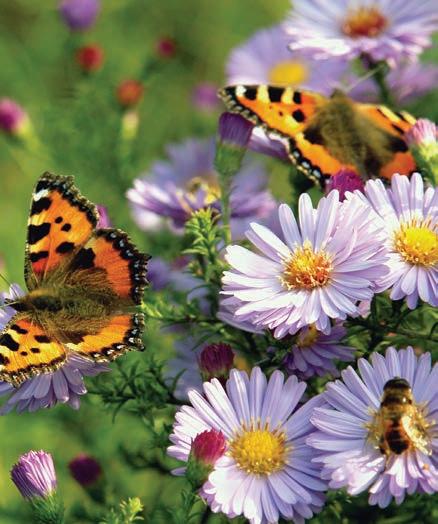
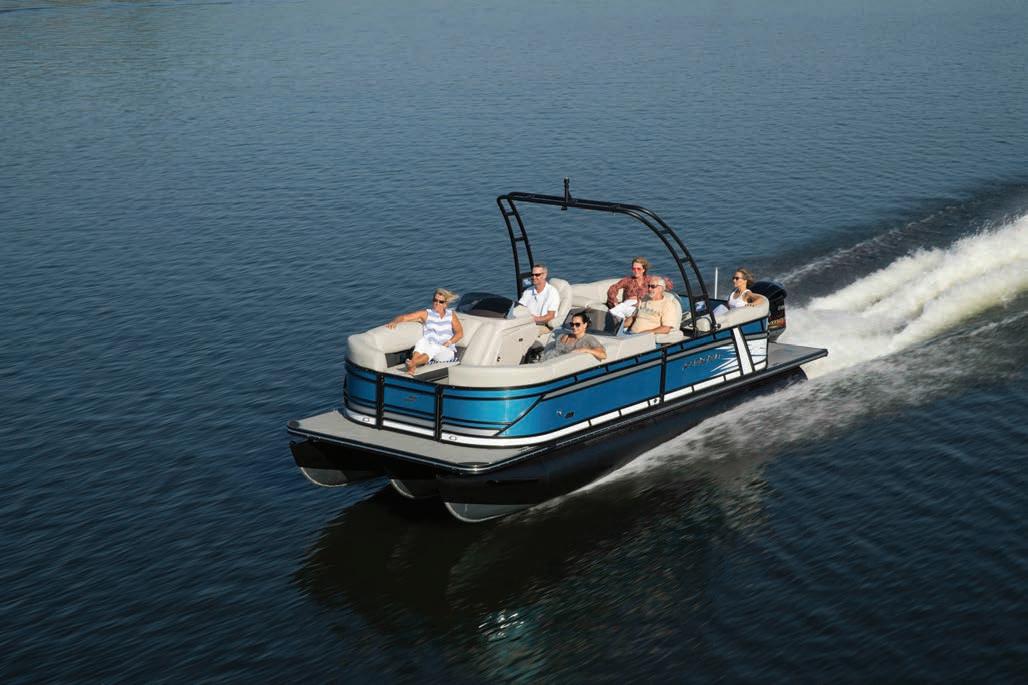
What’s the appeal of natives?
They originated here and are well-adapted to our soils and climate.
They will have the best chance of survival during a changing climate, unlike their hybridized cousins that have been cultivated for a specific trait or two. Native plants have natural immunities to native diseases and critters, so you’ll use fewer chemicals and less fertilizer to keep them healthy. Natives’ roots grow very deep (some up to 16 feet!) and hold the soil, preventing erosion. This also makes channels in the soil for deeper water penetration. They help sustain the wildlife that exists in our area, including pollinators. Natives provide shelter and food for these special critters.
Natives planted along a shoreline will reduce soil erosion, reduce the number of chemicals reaching the water, and deter geese and other wildlife from entering your yard.
Once natives are established in the landscaping, other natural wildlife will begin to increase as well as your soil microbe diversity. Increased biodiversity means a stable, well-balanced ecosystem. Natives are a win-win! A good source of native plants is the WACF Native Plant Sale on June 5 from 9 a.m.-11 a.m. (mark your calendars!), and the Pollinator Workshop will be held on June 21 (registration required). Contact pam@wacf.com for more information on both activities. photos shutterstock.com www.PatonaBay.com
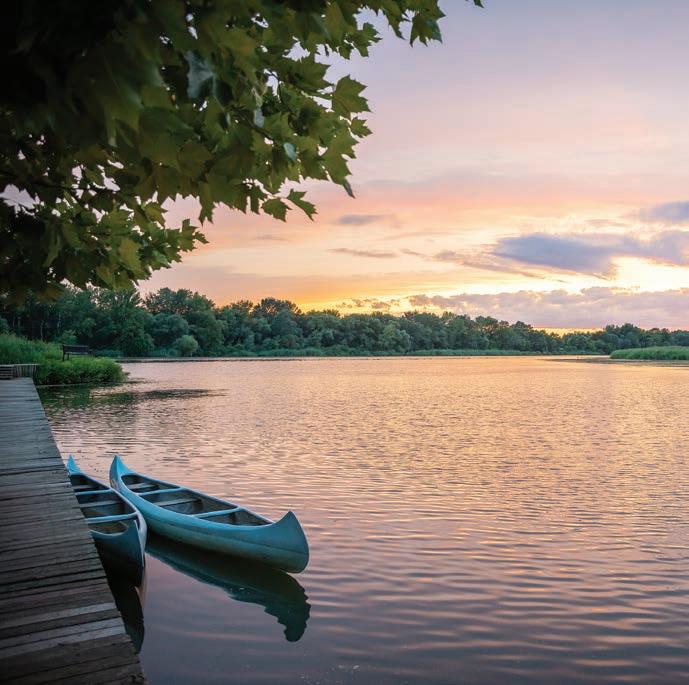

574.453.3970 since 1904











